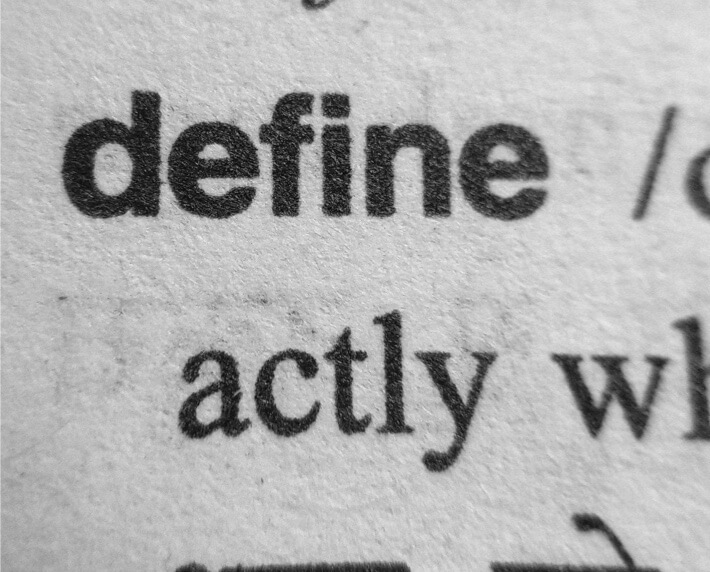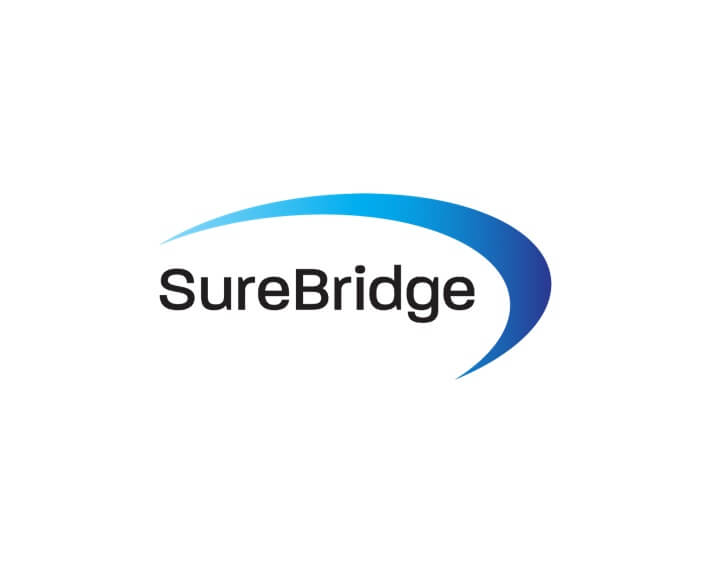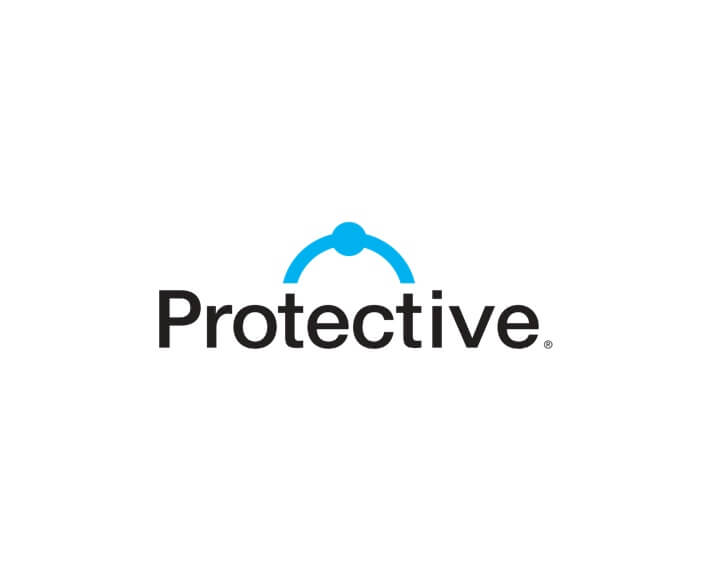Life Insurance Definitions Explained


Reviewed by
Grant Desselle
Licensed Insurance Agent
Common life insurance definitions:
Accelerated Death Benefit Rider
An accelerated death benefit rider is an additional coverage option that will pay out part of the overall death benefit if the insured receives a diagnosis of a terminal illness. These riders require submission of medical records and physician statements attesting that the condition is terminal. The amount paid out can be up to 80% of the face value of the policy. Often, there’s a separate fee added to the premium of the policy for this rider.
Accidental death and dismemberment rider
An accidental death and dismemberment (AD&D) rider is an optional additional coverage you can purchase that will increase the overall death benefit if death or loss of limb occurs as the result of an accident. Typically, these policies are not recommended unless you are exposed to high-risk situations or you are unable to get coverage through more traditional forms of life insurance.
Actuarial table
In the insurance world, underwriters use actuarial tables to determine the statistical probability of risk. In life insurance it is called a mortality table, which is used to determine the probable life expectancy of an applicant.
Adverse selection
Adverse selection is when the demand for insurance has a correlation to the amount of risk involved. Your application is reviewed during underwriting, and if high-risk activities or behaviors are indicated on the application, the premium is increased accordingly, to prevent the insurance company from incurring a loss.
Annual renewable term life insurance
This is a level term policy that lasts only 1 year and renews every year with a higher premium. Annual renewable term is the life insurance foundation in a universal life policy in many cases, which causes premiums to steadily increase to cover the cost of insurance.
Attending physician statement (APS)
This is a summary of your medical history that is requested by life insurance underwriters as part of the underwriting process. These can be expensive for the insurer, so they are not always requested unless there are some less-than-positive results on your paramedical exam. Requesting an attending physician statement can slow down the underwriting process, as it can take weeks for the insurance company to receive an APS from the physician.
Avocation
An avocation is a hobby or a minor occupation. Some, like skydiving or racing, can have a negative impact on life insurance premiums. The more exposure to risk you have, the higher your rate for life insurance will be.
Beneficiary
In life insurance, a beneficiary is the one who receives the death benefit of the life insurance policy when the insured person dies. This can be an individual or an organization, including a charity. There can be multiple beneficiaries who share in the death benefit based on the assignment of benefit percentages.
Cash Surrender Value
If you decide to surrender your permanent life insurance policy and “cash it out,” the surrender value is the cash value less any loans or fees. Additional administrative fees may be taken out of the cash value as well.
Cash value life insurance
It’s a permanent form of life insurance that grows in monetary value during the life of the insured. It’s the opposite of term life insurance.
Child protection rider
It’s an optional add-on to a life insurance policy that provides coverage for children and, in some cases, can be converted into a stand-alone policy after the child reaches the required age. Coverage is typically very minimal with this rider.
Concealment
Concealment is when an applicant intentionally omits information on the application that could be relevant during the underwriting process. Concealment could lead to benefits not being paid out in the event there was a claim or full cancellation.
Critical illness rider
It’s an optional add-on to a life insurance policy that pays out a portion of the death benefit if the insured receives a diagnosis of a critical illness, as defined in the life insurance policy.
Death benefit
This is the face value of the life insurance policy that is to be paid out to the beneficiaries if the insured person dies. The total amount paid out (less any loans against the policy) is usually in a non-taxable lump sum payment.
Decreasing term life insurance
Usually sold as “mortgage protection insurance,” decreasing term life insurance is a type of term life insurance that charges the same premium, but the death benefit decreases over time. Generally speaking, most insurance professionals advise against this type of life insurance.
Disability income rider
It’s an optional add-on to a life insurance policy that provides income replacement in the event the insured person becomes disabled and is unable to work.
Effective date
It’s the date that a policy becomes effective and coverage begins.
Elimination period
It’s the pre-determined length of time between when an injury happens and the insured person receives benefit payments.
Exclusion
Exclusions are defined provisions that explain what is covered by a life insurance policy and in what circumstances benefits will not be paid.
What is face value
This is the contracted dollar figure the life insurance policy will pay out.
Grace period
This is a pre-determined time period during which a policy stays in force even if the premium is not paid.
Group insurance
This is insurance coverage that is provided by an employer or organization to employees or members.
Guaranteed issue
Guaranteed issue is when insurance coverage cannot be refused based on medical issues or history.
Hazard
In terms of insurance, a hazard is when there’s a situation that makes a loss more likely. Insurance underwriting involves properly analyzing the hazards an applicant poses and setting premiums accordingly.
Term life insurance
This is a type of life insurance policy where the death benefit and the premium increases over time. It’s usually used as a temporary life insurance supplement to a permanent life insurance policy.
Insurance policy
It’s a contracted arrangement between an individual or organization and an insurance company, where terms of coverage are provided in a legal contract in exchange for premiums paid.
Insured
This is the individual or organization that receives coverage by an insurance company.
An insurer
An insurer is a company that provides insurance protection in return for premiums. Also known as a insurance company or insurance carrier.
Irrevocable mean
This is when a policyholder or insured is unable to change the terms of the insurance contract without the authorization of the beneficiary.
Lapsed mean
This is when the premiums for an insurance policy have not been paid and the policy is no longer in force.
Level term life insurance
It’s the most popular form of term life insurance, where the death benefit and premium amount are guaranteed to stay the same throughout the life (the term) of the insurance policy.
Long-term care rider
It’s an optional add-on to a life insurance policy that provides a set amount of benefits in the event the insured has a chronic illness and requires daily assistance of care. It’s deducted from the death benefit, in most cases. These riders usually have a maximum per month payout to help cover the cost for care when the insured is unable to care for himself or herself.
Non-participating
A non-participating policy is a permanent life insurance policy that does not provide dividends issued by the insurer for the benefit of the policyholder.
Mutual life insurance companies are owned by the policyholders, and dividends are generally paid to the policyholders based on profits the company makes, which can increase the value of the permanent policy. Stock-based life insurance companies (e.g., Allstate) pay these dividends to their shareholders instead.
Open enrollment
This is the period of time each year during which employees can enroll in or make changes to their benefit packages, including health insurance, retirement accounts, and group life insurance.
In many cases, open enrollment begins in October and changes take effect the following January.
Paramedical exam
It’s a requested health exam done by a medical professional. It’s paid for by the life insurance company and involves various tests and documentation of vital signs. The most common tests are a blood draw and urinalysis.
permanent life insurance
Permanent life insurance is life insurance that is designed to last your entire life. It often builds a cash value. It’s the opposite of term life insurance.
Policyholder
It’s the person who owns an insurance product.
Premium
This is the amount of money paid to an insurance company in exchange for some sort of coverage or protection. It can be paid monthly, quarterly, or annually, depending on the options offered by the insurance company.
Primary beneficiary
The primary beneficiary is the first person(s) to receive the death benefits of a life insurance policy if the insured person dies while the policy is in force.
Private mortgage insurance
It’s an insurance policy that assures the mortgage holder a financial reimbursement if the mortgagor (typically the homeowner) fails to make payments. This type of policy is required in most conventional mortgages when there is less than 20% equity in the property at the time of signing.
This is not the same as mortgage protection insurance (also known as decreasing term life insurance).
Rating
Used in underwriting, a rating determines the amount of premium you pay based on how much risk you pose to the insuring company.
Return of premium rider
Also known as ROP, this optional add-on is used with term life insurance policies. It provides a guaranteed refund of part or all of the premiums paid to the insurance company for your coverage. Generally, this type of rider increases the overall cost of term life insurance by at least three times but allows for it to be returned at a later date.
Riders
Riders are optional add-ons to a life insurance policy that provide extra coverage or benefits and expand the scope of the life insurance policy. These extra coverage clauses often come with an increase in premium for the life of the rider.
Settlement
A settlement is a payout on a life insurance policy or annuity.
Standard risk
It’s when an applicant for an insurance policy is rated as an average risk.
Substandard risk
It’s when an applicant has adverse circumstances and characteristics that increase the amount of risk posed to an insurer.
Surrender
It’s the voluntary return of a permanent policy that cancels the coverage inside the policy and cashes out any remaining cash value attached to the canceled policy.
Survivor protection
It’s the main reason people purchase life insurance — to ensure the financial protection of family members and other loved ones who survive them.
Survivorship life insurance
It’s a type of life insurance policy that covers two people and pays out when the second person dies. It’s also known as “second to die” insurance.
Term
A term is a set period of time that defines the length of coverage in a term life insurance policy.
Term conversion rider
It’s an optional add-on to a life insurance policy that gives the insured the ability to convert all or part of his or her term life insurance coverage into a permanent policy without undergoing an additional medical exam. In many cases, this rider is provided free of charge.
Term date
It’s the date a term life insurance policy expires.
Term life insurance
It’s a temporary life insurance policy that provides a contracted dollar amount for a specified period of time and pays out if the insured person dies while the policy is in force. It’s the opposite of permanent life insurance.
Time payment of claims
It’s a mandatory provision that requires claims be paid at least once per month.
Underwriting
Underwriting is the process in which insurance applications and requested records are reviewed and the class and premium are determined based on the amount of risk the applicant presents to the insurance company.
Universal life insurance
It’s a type of permanent life insurance that provides term life insurance coverage as an annual renewable term policy, combined with a cash account that can generate cash value through the use of financial vehicles like money market accounts, index funds, or mutual funds, depending on the type of universal life policy.
Variable life insurance
It’s a type of permanent life insurance policy in which the cash value fluctuates based on the performance of investments held under the cash account portion of the policy.
Variable universal life insurance
It’s a universal life policy in which the cash account holds variable investment vehicles, like mutual funds. The cash value can fluctuate, based on the performance of those vehicles.
Waiting period
A waiting period is the time frame between when a claim is filed and when it is paid.
Waiver of premium rider
It’s an optional add-on to a life insurance policy that waives the premium for that policy if the insured person becomes disabled and is unable to work, based upon the terms of the insurance policy.
Whole life insurance
It’s a permanent life insurance policy that provides insurance coverage for the entire life of the insured and generates cash value.
See what you qualify for by answering some health questions.










